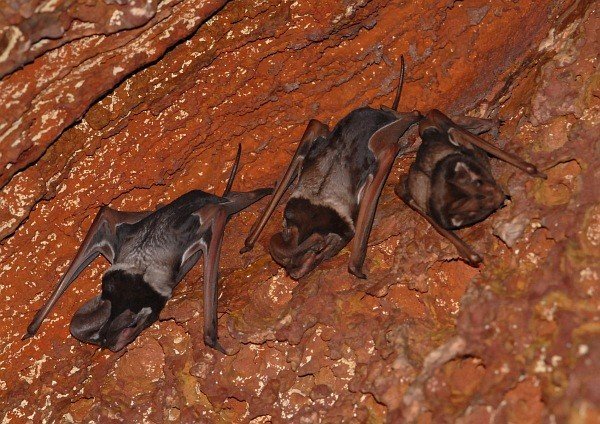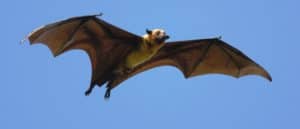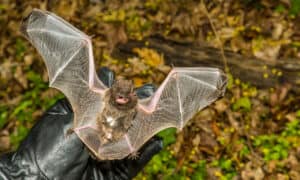Chances are, you’ve seen shows or books describing caves filled with hundreds of sleeping bats. However, just how accurate is this description? Believe it or not but bats can indeed form large groups together. However, just what is a group of bats called?
If you don’t know the answer, don’t worry! You’ll get to learn this information and more below! Ready to learn what a group of bats is called? Let’s dive in.
Bat Colonies and Other Terms
Most sources refer to a group of bats as a colony. However, this isn’t the only name for this group. Groups of bats have also been described as camps, clouds, and flocks.
Some species of bats are known to be highly social. In fact, the hierarchy and social flocks of bats have even been compared to that of elephants or dolphins in some studies. When it comes to a colony of bats, they aren’t always the same. Sometimes, groups will break away only to later remerge with the main colony of bats. Throughout this variation, however, bats have been known to maintain social relationships.

Groups of bats are called colonies, camps, clouds, or flocks.
©Kalyanvarma / CC BY-SA 3.0 – License
Do Male Bats Flock Together?
Whether or not male bats flock together depends on the species and the colony. For some bats, co-ed colonies are the norm. This means that males and females will join each other. However, for other bats, all-female or all-male colonies are common. The males of some bat species even prefer to be alone.
How Many Bats Live in a Colony?
On average, a colony of bats can reach anywhere from a few dozen to a few hundred individuals. It is common to see groups ranging between 25 and 75 members, although this varies. Males who form bachelor groups typically see smaller numbers.
The photo featured at the top of this post is © iStock.com/nymphoenix
Thank you for reading! Have some feedback for us? Contact the AZ Animals editorial team.







